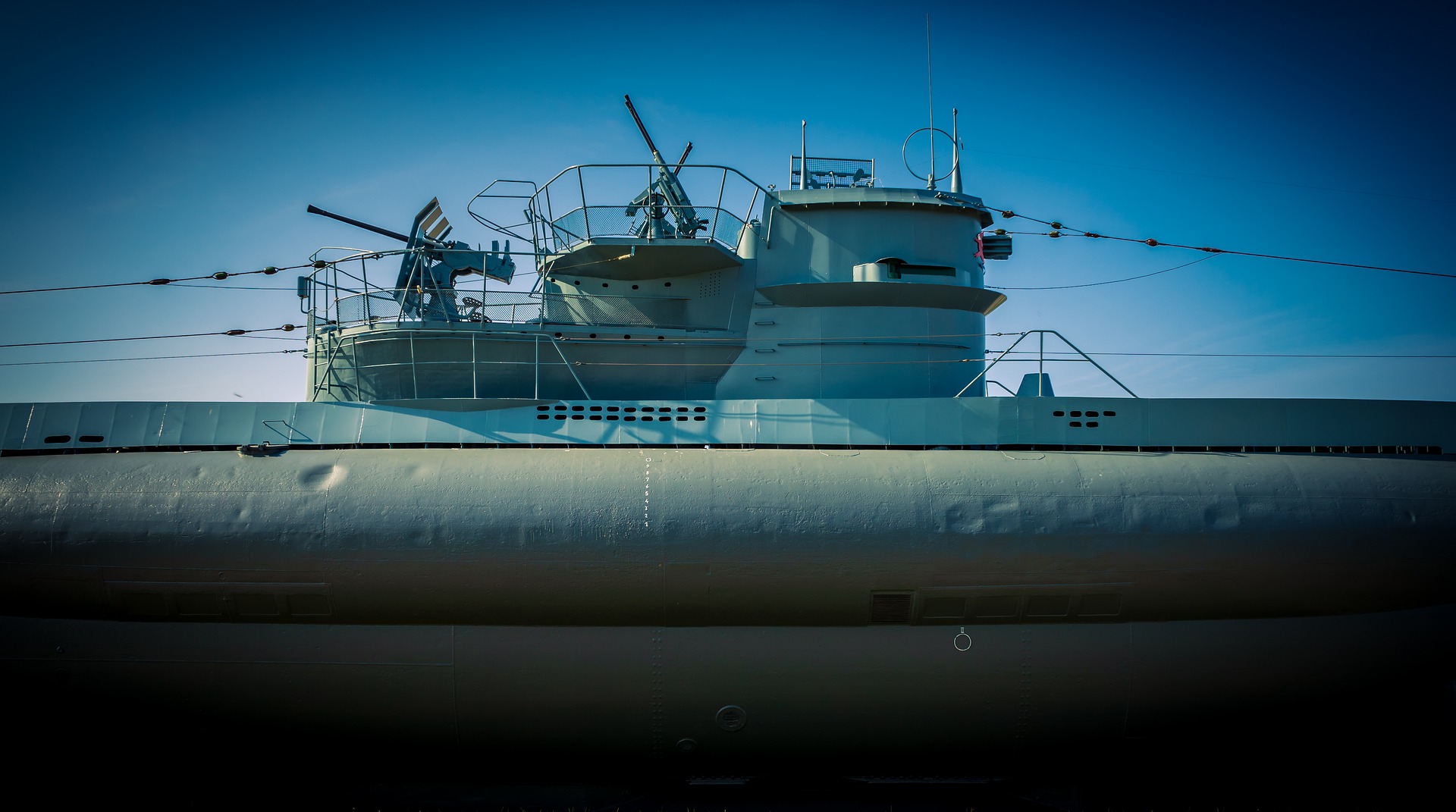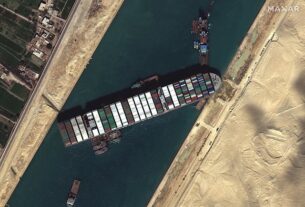In a significant development in the global fight against drug trafficking, the Colombian navy has uncovered a new illicit narcotics route linking South America to Australia. This was revealed after a daring interception of a semi-submersible vessel, also known as a “narco submarine,” loaded with cocaine in the Pacific Ocean. The seizure, which occurred during the culmination of a six-week international anti-narcotics operation, has provided alarming insights into the evolution of drug smuggling tactics and the growing significance of Australia as a destination for South American cocaine.
The Seizure and the Operation
The Colombian navy, in collaboration with law enforcement agencies from several countries, has seized over 225 tonnes of cocaine in recent weeks as part of “Operation Orion,” one of the largest and most extensive anti-narcotics operations in history. Colombian President Gustavo Petro hailed the operation as potentially the largest cocaine interception ever made by the country, underscoring its importance in the global fight against drug cartels. The seizure, which also included illegal arms and migrant trafficking arrests, is estimated to have deprived drug cartels of an estimated $8.4 billion (€8 billion).
A key component of the operation was the interception of semi-submersible vessels, six of which were targeted during the mission. These vessels are notorious for their ability to travel long distances under the radar, making them an increasingly popular choice for traffickers seeking to evade detection by traditional maritime patrols. One such vessel, intercepted 2,000 kilometers southwest of Clipperton Island in the Pacific, was reportedly en route to Australia, highlighting the emergence of a new, longer drug smuggling route to the region. This is the third such discovery in this part of the Pacific, suggesting that this previously under-explored route may now be a critical artery for international drug trafficking.
The Growing Role of Australia in the Global Drug Trade
The discovery of a narco submarine bound for Australia is particularly significant given the rise in cocaine consumption in the country. Cocaine prices in Australia can reach up to $240,000 per kilogram, nearly six times the price in the United States, making it a highly lucrative destination for drug cartels. Australia has become the world’s largest per capita consumer of cocaine, a fact that is both a reflection of the country’s growing addiction rates and the increasingly sophisticated methods employed by criminal organizations to meet this demand.
According to the OECD, Australians top global cocaine consumption rankings, followed closely by the UK, further driving the need for cartels to explore new and more effective methods of transporting their product. The high prices in the Australian market and the growing demand have incentivized drug syndicates to seek out alternative, longer and riskier smuggling routes, such as the one uncovered by the Colombian navy.
Narco Submarines: A Tactical Evolution in Drug Smuggling
The use of semi-submersible vessels for drug trafficking has gained traction as maritime security efforts have intensified in recent years. These vessels are typically 10 to 25 meters long and are designed to sit low in the water, making them difficult to spot by radar or from the air. Although not fully submersible, they are capable of traveling long distances, sometimes up to 16,000 kilometers, without needing to refuel. This makes them highly effective at avoiding law enforcement detection, especially when navigating the vast and remote expanses of the Pacific Ocean.
Manuel Rodríguez, head of the Colombian navy’s anti-narcotics unit, emphasized the growing importance of semi-submersibles in the smuggling landscape, describing the route uncovered as a new pathway for these vessels to carry cocaine to distant shores, including Australia. The increasing use of narco submarines is seen as a direct response to heightened maritime surveillance and law enforcement measures aimed at curbing drug trafficking through traditional shipping routes.
In 2023, Colombia’s navy captured a record 10 such vessels, indicating that criminal groups are heavily investing in these high-tech smuggling methods. With the Colombian government grappling with surging coca cultivation and growing cocaine production, the use of narco submarines reflects a larger trend where cartels adapt to security measures by turning to more sophisticated technologies.
Colombia’s Cocaine Crisis: A Growing Challenge
The ongoing surge in narco submarine activity is a symptom of a broader crisis in Colombia, where coca cultivation — the raw material for cocaine production — has reached alarming levels. According to the United Nations Office on Drugs and Crime (UNODC), the area dedicated to coca farming in Colombia increased by 10% in 2023, reaching the highest levels seen in over two decades. In tandem with this rise, the potential production of cocaine surged by 53%, with an estimated 2,644 metric tonnes produced in 2023, up from 1,738 metric tonnes the previous year.
The spike in production comes as Colombia continues to struggle with the aftermath of the peace deal with the Revolutionary Armed Forces of Colombia (FARC) in 2016. While the peace accord was intended to reduce violence and the country’s reliance on the drug trade, territorial control has shifted to criminal gangs and paramilitary groups, which now control much of the coca-growing regions. These groups have filled the power vacuum left by the FARC and continue to fuel Colombia’s cocaine industry, despite government efforts to curtail production.
Moreover, the Colombian government is battling on two fronts — controlling drug production while addressing internal political instability and social unrest. These challenges are compounded by the growing global demand for cocaine, particularly in Australia, the UK, and other Western markets.
A Global Issue with Regional Consequences
The increasing use of narco submarines and the rise of Australia as a key cocaine market point to the broader implications of drug trafficking on international security and public health. While Colombia has been at the epicenter of cocaine production for decades, the global nature of this trade means that it has far-reaching consequences for countries far beyond South America. The discovery of these smuggling routes highlights the ever-evolving tactics employed by drug traffickers and underscores the need for stronger international cooperation in combating transnational crime.
In response to the rising threat, countries in the Pacific, including Australia, have ramped up their own anti-drug measures, collaborating with Colombia and other Latin American nations in intelligence-sharing and joint operations. However, as demand continues to grow, both in Australia and globally, the challenge of curbing the illicit drug trade remains daunting.
Ultimately, the latest interception by the Colombian navy offers a glimpse into the increasingly complex and dangerous world of drug trafficking — one where the lines between technology, crime, and global markets are becoming ever more intertwined. The global community must adapt to these challenges and work together to stem the flow of cocaine and other illicit substances from South America to destinations worldwide.



